The first part of my answer was given when the OP specified micro henries rather than nano henries - that makes a big difference and so I would urge anyone reading this to bypass the first paragraph and concentrate on calculating the induced emf theory further below.
I doubt very much that 0603 inductors of values 20uH upwards will act like inductors much above tens of MHz due to their self resonant frequency turning them capacitive. Also inductors of this physical size and value will be extremely lossy.
However, if you still think you have a problem you could choose shielded types.
If you do want to calculate it then this might be useful: -

It tells you what the flux density is at a point on the axis of a coil distance "z" from the plane of that coil. You could plug in typical dimensions for an 0603 cross section and assume this is a circle of radius R.
It wouldn't be difficult to make a spreadsheet of results with z as the variable. Pretty soon after z exceeds R the flux density falls with z cubed so expect rapidly diminishing results.
To convert this to induced voltage you could reasonably assume that the flux density across the target 0603 component's cross section is constant and, using the cross sectional area, convert to flux.
You then have the fairly trivial formula V = N \$\dfrac{d\Phi}{dt}\$ to give you the induced voltage in the target component. However, the "usage" of the target component can make any induced voltage exaggerated or diminished and this is basically down to what other components attach to the 0603 target i.e. what type of circuit they are involved with.
